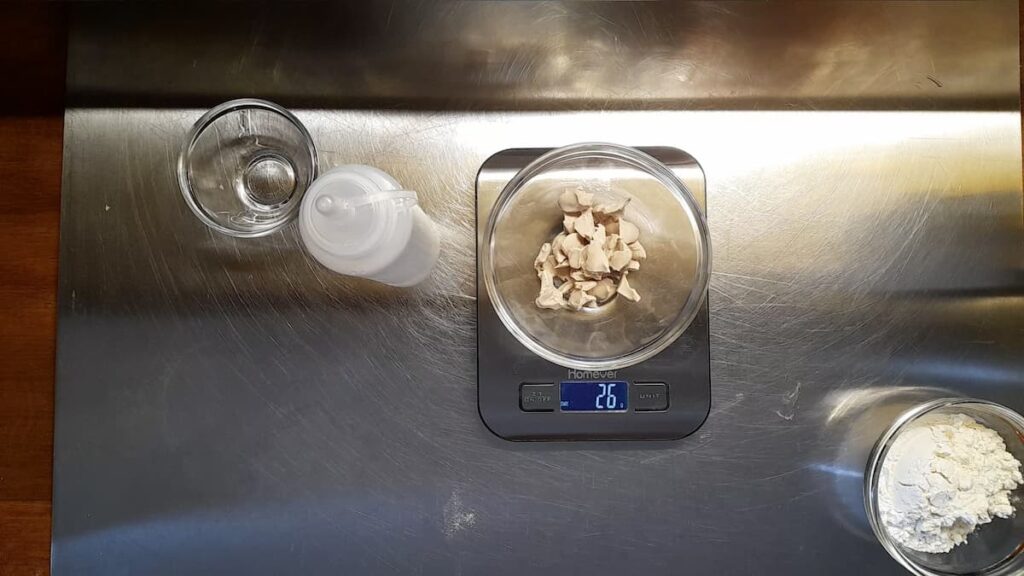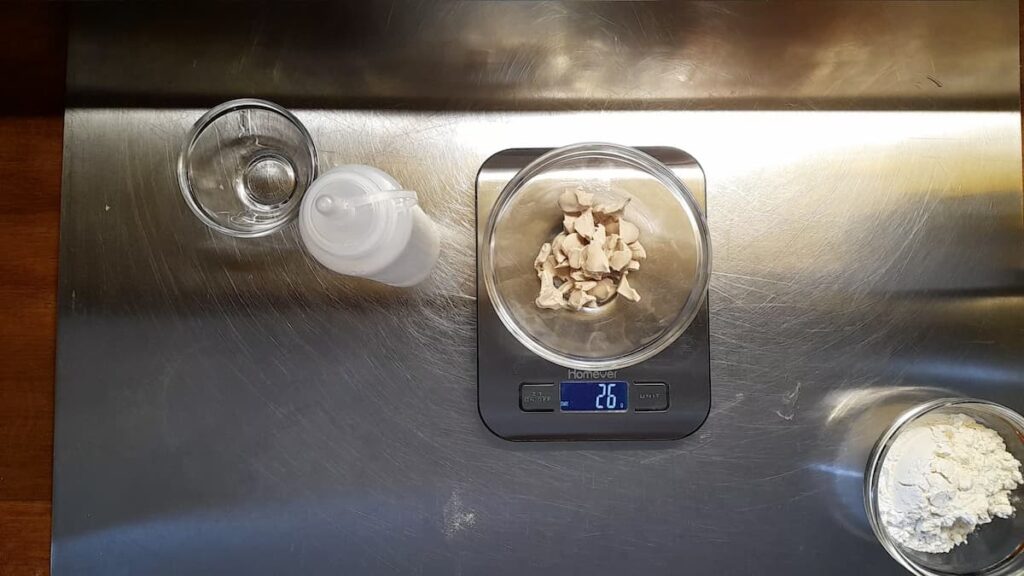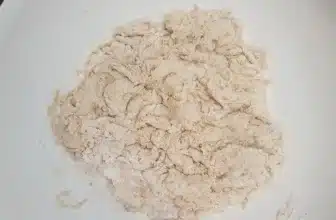
Discover everything about fresh yeast: how to use it in delicious recipes, the best practices for storing it, and the differences from dry yeast. Take advantage of professional tips and tasty recipes.
Introduction to Fresh Yeast
Fresh yeast is a food product used for leavening baked goods such as bread, pizza, and pastries. It is primarily composed of living organisms called yeasts, particularly Saccharomyces cerevisiae..
The production of fresh yeast takes place in specialized laboratories. Typically, fresh yeast is cultivated on a nutrient substrate such as malt or cane sugar molasses. During the cultivation process, yeasts multiply and ferment the sugars present in the substrate, producing carbon dioxide and alcohol.
Once fermentation is complete, the yeast is harvested and undergoes processing. It is usually partially dehydrated and compressed into blocks or cubes, which are then packaged and distributed for sale as fresh yeast.
Fresh yeast is characterized by a soft and moist texture. It has a beige or light brown color and a slightly fermented characteristic aroma. Before use, it needs to be activated by mixing it with warm water and sugar so that the yeasts awaken and begin fermenting again.
The use of fresh yeast imparts distinct aroma and texture to baked goods, thanks to the production of carbon dioxide during fermentation. It is a versatile ingredient widely used in baking and the preparation of leavened desserts.
Fresh yeast is an essential ingredient in many bread, pizza, and pastry recipes. It is a natural product rich in leavening properties, giving dough a unique flavor and a soft texture.
How to Use Fresh Yeast in Recipes

To properly use fresh yeast, it’s important to dissolve it in warm water with a little sugar before adding it to the dough. This process activates the yeast and allows proper fermentation during proofing.
Steps for using fresh yeast in recipes:
- Dissolve fresh yeast in warm water with sugar..
- Wait for foam to form on the surface (about 15 minutes).
- Add the activated yeast to the dough and mix well.
- Allow the dough to proof until it doubles in size.
- Proceed with baking the dough according to the recipe instructions.
Proper Storage of Fresh Yeast
To maintain the freshness of fresh yeast, it is important to store it correctly. Wrap it in plastic wrap or place it in an airtight container and refrigerate it. Fresh yeast can be stored for about a week.
Tips for optimal storage of fresh yeast:
- Keep fresh yeast away from extreme temperatures.
- Check the expiration date on the package of fresh yeast before use.
- If not planning to use it immediately,
- Fresh yeast can be frozen to prolong its shelf life.
Differences between Fresh Yeast and Dry Yeast
Fresh yeast and dry yeast are both used for leavening dough but have some significant differences. Fresh yeast is generally more moist and requires a larger quantity compared to dry yeast.
Advantages and disadvantages of fresh yeast and dry yeast:
- Advantages of fresh yeast: imparts better flavor to dough, has a soft texture, and requires longer proofing time.
- Disadvantages of fresh yeast: requires more careful storage, has a limited shelf life.
- Advantages of dry yeast: easier storage and longer shelf life.
- Disadvantages of dry yeast: may impart a less pronounced flavor to dough, requires a smaller quantity compared to fresh yeast.
Expired Fresh Yeast, How to Reactivate It

Homemade fresh brewer’s yeast is a fantastic option for those who love to experiment in the kitchen and want to obtain high-quality fresh yeast without relying on commercial products. Here is a brief guide on how to prepare homemade fresh brewer’s yeast:
Ingredients:
- 60 grams of all-purpose flour
- 25 ml of room temperature or lukewarm water
- 25 grams of fresh brewer’s yeast
Procedure:
- In a bowl, place the fresh brewer’s yeast cut into pieces into the room temperature water and mix well until it dissolves.
- Gradually add the all-purpose flour to the liquid mixture, vigorously stirring with a whisk or spatula (preferably) to avoid lumps. Continue stirring until you obtain a rough dough and then knead it on a floured surface until you achieve a smooth and compact dough.
- Transfer the dough to a bowl and cover it with plastic wrap or place it in an airtight container. Let it rest at a controlled temperature (refrigerator) for about 24 hours. During this period, the homemade fresh brewer’s yeast will develop and ferment.
- After 24 hours, our homemade fresh brewer’s yeast is ready to be used in the same quantity as store-bought yeast.
- If you have leftover homemade fresh brewer’s yeast, you can store it in the refrigerator for 3-4 days or freeze it in small portions for future use for a maximum of 3 months.
Preparing homemade fresh brewer’s yeast may require some time and patience, but it offers the satisfaction of having a natural and authentic ingredient for your baked goods. Make sure to follow proper hygiene procedures during preparation and store the yeast correctly to achieve the best results.
RDelicious recipes with fresh yeast
Fresh yeast can be used in a variety of recipes to prepare fragrant breads, tasty pizzas and delicious desserts. Here are some ideas to make the most of fresh yeast in your culinary preparations.
Ideas for preparing delicious breads and desserts with fresh yeast:
- Soft rolls with fresh yeast and durum wheat flour.
- Margherita pizza with a base of fresh yeast.
- Traditional Panettone with fresh yeast and raisins.
- Homemade bagels with fresh yeast and sesame seeds.
- Wholemeal bread with fresh yeast and flax seeds.
Take the time to experiment with fresh yeast and discover your favorite recipes. Its magic in leavening will make your baked goods irresistible!
Originally posted 2023-06-08 16:01:27.




